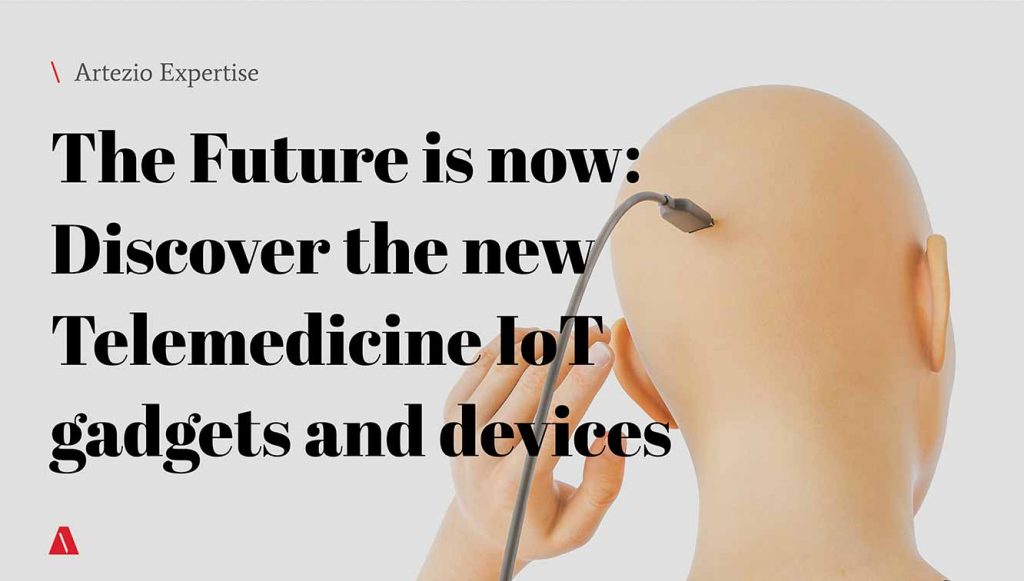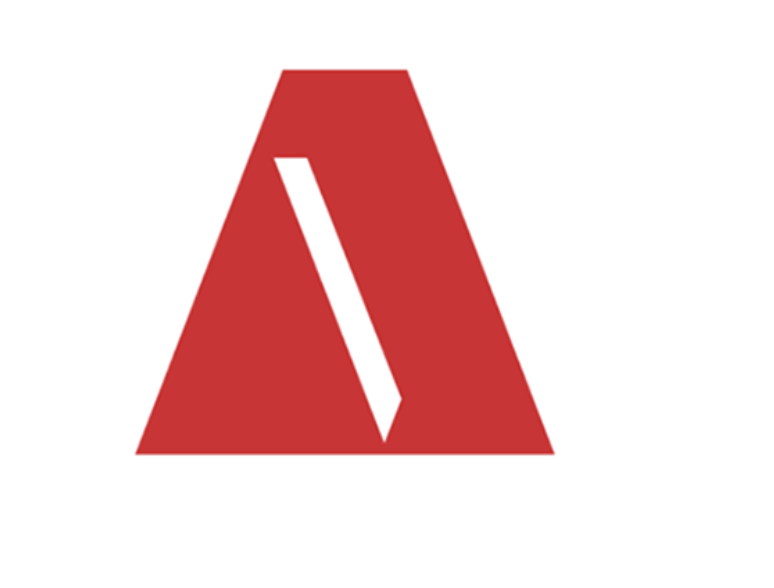Advances in Telemedicine IoT Devices / What’s New in Telemedicine IoT World?

To date, the world needs the ability to receive information and help on their health remotely more than ever. The constraints of the pandemic put many groups of patients at risk of not receiving timely care. Patients in remote locations, the elderly, and people with complex conditions require constant monitoring. Not only that, it is important to continue to reduce the COVID-19 infection rate by sticking to social isolation practices.
Telemedicine, being the answer to this, is far from idle. More and more devices for monitoring the basic indicators of human health are getting out there. Yet, most of them do not give a complete picture of the test results and do not have the ability to synchronize data between devices or transfer parameters to the attending doctor for consultation.
That’s where the Internet of Things helps to solve the problem of interaction between various gadgets, combining and synchronizing data from equipment connected to the network and sending data to systems that notify the doctor about the patient’s condition, helping to quickly respond when necessary.
Let’s take a look at the new Telemedicine IoT devices and what the future holds in store for us.
Mad@Work: Managing stress levels with AI
An ambitious project led by the VTT company and the Finnish Institute of Occupational Health. This project participates in the Smart Health ecosystem and is leaps and bounds into the future. The company believes in telemedicine strongly and confidently supports its position with new developments.
The Mad@Work project, while aimed at tracking the mental and physical health of remote workers, can prove to be a new angle to monitoring a patient’s health and wellbeing. As a considerable portion of the world’s workforce is still working remotely, people tend to forget to rest while under the pressure of delivering results. At some point, we do not even notice the stress on our body, and that can result in drastically bad health outcomes: breakdowns, apathy, cardiovascular issues due to blood pressure spikes, and more.
The key to success for this service lies in its connectivity and aid of artificial intelligence in order to make the right call at the right time. Considering the use of this technology alongside the doctor’s watchful eye, it can prove to be a great boon to many therapists and doctors worldwide.
Portable Hemodialysis System
Hemodialysis is, by far, one of the life-saving technologies out there that helps people with otherwise unfunctional kidneys continue to live – by providing extrarenal blood purification. The NxStage System One is a portable hemodialysis system that has already received approval for home use in the US. A portable system that can be used at home (and has to be used daily), there is always a paramount need to stay in touch with the attached doctor or clinic.
This development tackles this problem with the help of IoT protocols: the System One device is capable of interfacing with the Nx2me Connected Health app, which collects information about the treatment directly from the device and can send it over to other Telehealth solution available to the selected clinic or doctor.
Hospital Remote Medical Tablet
Philips has recently unveiled a computer tablet that can provide easy and remote access to patient’s vitals. The device can operate over a standard WiFi connection, and there is no need to undergo difficult integration operations in order for it to work. The Medical Tablet operates on Windows 10 OS.
While this device might be a little bit different from what Telehealth strives to be, this is one of the directions that are certain to go beyond in-clinic patient monitoring. With the help of the Medical Tablet, the hospital staff can track multiple patients remotely and receive alarms about their state. With safety concerns, rising workloads, and ever-advancing technological improvements, this is a necessary step forward.
On top of being used to monitor patient vitals in emergencies, the Medical Tablet can be used as an extra screen or clinical workspace within the hospital’s IT network.
Multipurpose Patient Monitoring Device
Caretaker Medical has developed a gadget that allows you to check the level of blood oxygen, breathing rate, pulse, pressure, and body temperature of the patient. The device can synchronize this data with the patient’s phone and transmits data through the application to the attending physician, who in turn can prescribe the treatment without forcing the patient to stand in long reception lines.
The device is still pending some FDA approvals on its functions. It’s hard to understate the importance of such a device when it comes to monitoring the core vitals of patients both in-clinic and at home.
Remote respiratory tracking
Strados Labs, a US-based company, is actively developing a system capable of monitoring lung sounds. This device is aimed to help clinicians remotely track the lung sounds of patients and monitor the lung condition over time in the provided app. The device’s capabilities can go as far as tracking the impact of COVID-19 on long-term lung capacity.
The device acts as a stethoscope and records auscultation sounds, like coughing. This data is then stored in the HIPAA-compliant cloud solution that can be accessed by doctors for tracking and reviewing at any time.
Vitals Tracking Ring
Oura, a Finnish startup is taking a different approach to a vitals-tracking technology and presents a device in the form a smart ring, capable of measuring temperature, heart rate, respiratory rate, even fevers that could be related to COVID-19.
The startup’s focus is making sure the ring, apart from being a vitals monitor, will detect subtle changes in body temperature that are characteristic of the early stages of COVID-19 infection, and alert the user of the potential issue.
The works harmoniously with the Oura app, and can present the user with various health graphs, alerts, and much more.
Conclusion
Telehealth and IoT is a pair made in heaven, and various new devices and gadgets that slowly trickle into our life make that so much more apparent. While it takes a while for innovation to truly appear on the market due to the lengthy process of testing and governmental approvals, it’s important to keep an eye on newcomers on the market and their potential use for your patients and doctors.

